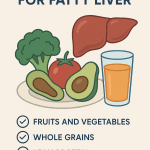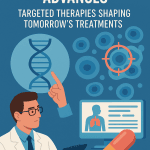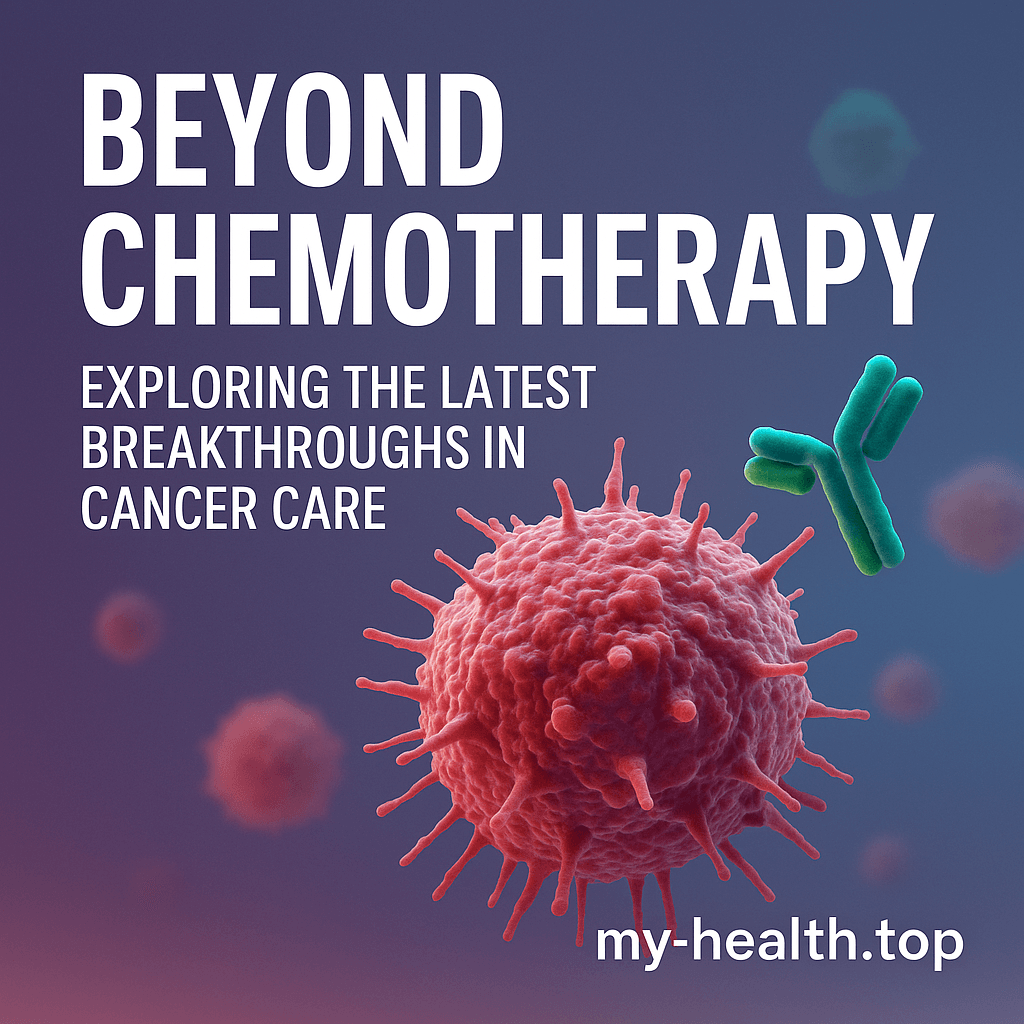For decades, the word cancer has been synonymous with chemotherapy. While chemotherapy remains a key tool in the fight against cancer, it is no longer the only one—or even always the best one. We are living in a remarkable time of medical evolution, where science is not just managing cancer, but increasingly outsmarting it. Emerging technologies and novel therapies are revolutionizing the way we approach diagnosis, treatment, and recovery, with a shift toward precision, personalization, and preservation of quality of life.
This article takes a deep dive into the most exciting breakthroughs in cancer care beyond chemotherapy, revealing how modern medicine is rewriting the rules of oncology and bringing unprecedented hope to patients worldwide.
The Limitations of Traditional Chemotherapy
Before exploring what’s new, it’s important to understand the challenges of the old. Chemotherapy works by targeting rapidly dividing cells, which includes not just cancerous ones but also healthy cells in the hair, gut, and immune system. This often leads to:
- Severe side effects (nausea, hair loss, fatigue)
- Reduced immune function
- Long-term organ damage
- Non-specific targeting, leading to collateral damage
While effective for many cancers, chemo is not always curative, and its non-selective nature can severely impact patients’ quality of life. That’s why the search for smarter, less toxic treatments has become a cornerstone of modern oncology.
Targeted Therapy: Cancer’s Molecular Achilles’ Heel
One of the most significant developments in cancer treatment is targeted therapy. Unlike chemo, targeted drugs are designed to attack specific molecules (often proteins or genes) that are involved in the growth and spread of cancer cells.
Some key breakthroughs include:
- HER2 inhibitors in breast cancer (e.g., trastuzumab)
- EGFR inhibitors in non-small cell lung cancer
- BRAF inhibitors in melanoma
- ALK inhibitors for certain lung cancers
These treatments are guided by biomarker testing, which identifies genetic mutations within a tumor. If a known mutation is present, a matching targeted therapy can block its effects with pinpoint precision, often sparing healthy tissues.
Targeted therapies have been shown to:
- Extend survival
- Reduce recurrence
- Improve treatment tolerance
- Transform aggressive cancers into manageable chronic conditions
Immunotherapy: Turning the Body Against Cancer
Immunotherapy has changed the landscape of oncology, offering many patients durable responses and even complete remission. The core concept is simple but powerful: activate the patient’s immune system to recognize and destroy cancer cells.
The two leading categories are:
Checkpoint Inhibitors
These drugs “take the brakes off” immune cells, allowing them to attack tumors. They’ve shown exceptional success in melanoma, lung, kidney, and bladder cancers. Examples include nivolumab, pembrolizumab, and atezolizumab.
CAR-T Cell Therapy
A patient’s T-cells are genetically engineered to attack cancer. CAR-T therapy has revolutionized treatment for leukemias and lymphomas that failed other options.
These therapies not only save lives but also avoid many of the severe side effects associated with chemotherapy. In some cases, they offer complete remission where chemotherapy failed.
Personalized Cancer Vaccines: A Revolutionary Concept
Yes, you read that right—cancer vaccines are real and rapidly advancing. Unlike traditional vaccines, which prevent disease, cancer vaccines are therapeutic—they treat existing cancer by stimulating the immune system against specific tumor markers.
Using cutting-edge genomic sequencing, scientists can create personalized vaccines based on the unique mutations in a patient’s tumor. These vaccines train the immune system to recognize and destroy cancer cells with those mutations.
While still in early stages, studies show promise in melanoma, pancreatic, and brain cancers. Moderna and BioNTech—famous for their mRNA COVID-19 vaccines—are at the forefront of this groundbreaking area.
Liquid Biopsies: A Game Changer in Early Detection
Traditional biopsies involve cutting or extracting tissue from a tumor. But liquid biopsies analyze fragments of cancer DNA found in a simple blood draw.
Benefits include:
- Early cancer detection
- Monitoring treatment response
- Detecting recurrence before symptoms appear
- Identifying mutations for targeted therapy
Liquid biopsies are faster, less invasive, and can be done repeatedly over time. They are transforming cancer from something we treat when it’s advanced, to something we can track and intercept early.
Artificial Intelligence in Oncology
AI isn’t just for self-driving cars—it’s already making waves in oncology. Machine learning algorithms can:
- Analyze pathology slides faster and more accurately than humans
- Predict treatment response based on patient data
- Identify drug targets through genomic analysis
- Assist radiologists in identifying tumors earlier
One notable example is IBM’s Watson for Oncology, which can recommend treatment plans based on a patient’s medical history and the latest clinical data.
AI also enables adaptive treatment, where therapies evolve in real time based on how the tumor is responding, improving outcomes dynamically.
Precision Radiation Therapy
Radiation therapy is becoming smarter and more precise, thanks to advancements such as:
- Proton therapy: Targets tumors with pinpoint accuracy, sparing healthy tissue
- Image-guided radiation therapy (IGRT): Uses real-time imaging for ultra-precise delivery
- Stereotactic body radiation therapy (SBRT): Offers high doses in fewer sessions
These modern techniques reduce side effects and allow radiation to be used safely on more delicate areas, such as the brain or spinal cord.
Organoids and 3D Tumor Models
In the past, researchers tested treatments on cell lines or animals. Now, they can grow miniature versions of a patient’s tumor—called organoids—in the lab.
Benefits include:
- Testing multiple therapies before choosing one
- Reducing trial-and-error in treatment
- Predicting how a tumor will evolve or become resistant
This personalized testing method ensures the right drug is given to the right person at the right time.
Nanomedicine: The Future in a Capsule
Nanoparticles are tiny vehicles designed to deliver drugs directly to tumors. These “smart bombs” can carry chemo, RNA, or immune-stimulating agents right to cancer cells while sparing healthy tissue.
Some applications include:
- Liposomal doxorubicin for ovarian cancer
- Nanocarrier delivery of siRNA to silence oncogenes
- Theranostics, where the same nanoparticle can diagnose and treat
Nanomedicine is being explored in trials for pancreatic, breast, and brain cancers, and it holds enormous potential to make treatments safer and more effective.
Gene Editing: CRISPR Meets Cancer
CRISPR-Cas9 allows scientists to edit DNA with extreme precision. In cancer treatment, this could mean:
- Correcting mutations that drive tumor growth
- Engineering immune cells to better fight cancer
- Disabling genes that make cancer resistant to drugs
Early trials using CRISPR to modify T-cells have shown encouraging results in blood cancers, and the technology is rapidly evolving.
Metabolic Therapy: Starving Cancer Smartly
Cancer cells thrive on sugar and have different metabolic needs than normal cells. Scientists are now targeting these differences through metabolic therapy.
Examples include:
- Inhibiting glucose uptake to starve tumors
- Ketogenic diets as adjuvant therapy
- Drugs like metformin that alter tumor metabolism
This approach adds a whole new layer to cancer care, one that exploits the tumor’s unique vulnerabilities.
Holistic and Integrative Oncology
Today’s cancer care doesn’t stop at the cellular level. There’s a growing emphasis on whole-person care, including:
- Nutrition and diet plans tailored to support treatment
- Mindfulness and meditation to reduce stress hormones
- Exercise oncology programs that improve outcomes and reduce fatigue
- Natural compounds (e.g., turmeric, green tea extract) as complementary agents
While not replacements for medical treatments, these practices enhance resilience, improve recovery, and address the emotional and physical toll of cancer.
Conclusion: A New Chapter in the War on Cancer
Gone are the days when chemotherapy was the only option. We’ve entered an era of unprecedented innovation, where cancer treatment is smarter, kinder, and increasingly curative.
With each scientific breakthrough, we move closer to a world where cancer is not a death sentence but a manageable condition or even a curable one. The fusion of genetics, technology, and immune science is not just extending lives—it’s redefining what’s possible in cancer care.
The future of oncology is deeply personal, constantly evolving, and filled with hope. And as these therapies continue to advance, so too does the promise of a world beyond chemotherapy.
FAQs
Immunotherapy and targeted therapy are among the most transformative breakthroughs, offering more effective and less toxic alternatives to chemotherapy.
While accessibility varies, many are available through clinical trials, cancer centers, or as part of standard care for certain cancers.
In many cases, yes. But it is now often combined with or replaced by more targeted, personalized treatments when possible.
Some cancers can be cured or put into long-term remission with new therapies, especially when detected early.
Speak with an oncologist, ask about biomarker testing, and explore clinical trials relevant to your cancer type.
They may help support treatment but should never replace evidence-based medicine. Always consult your medical team.








Post a comment